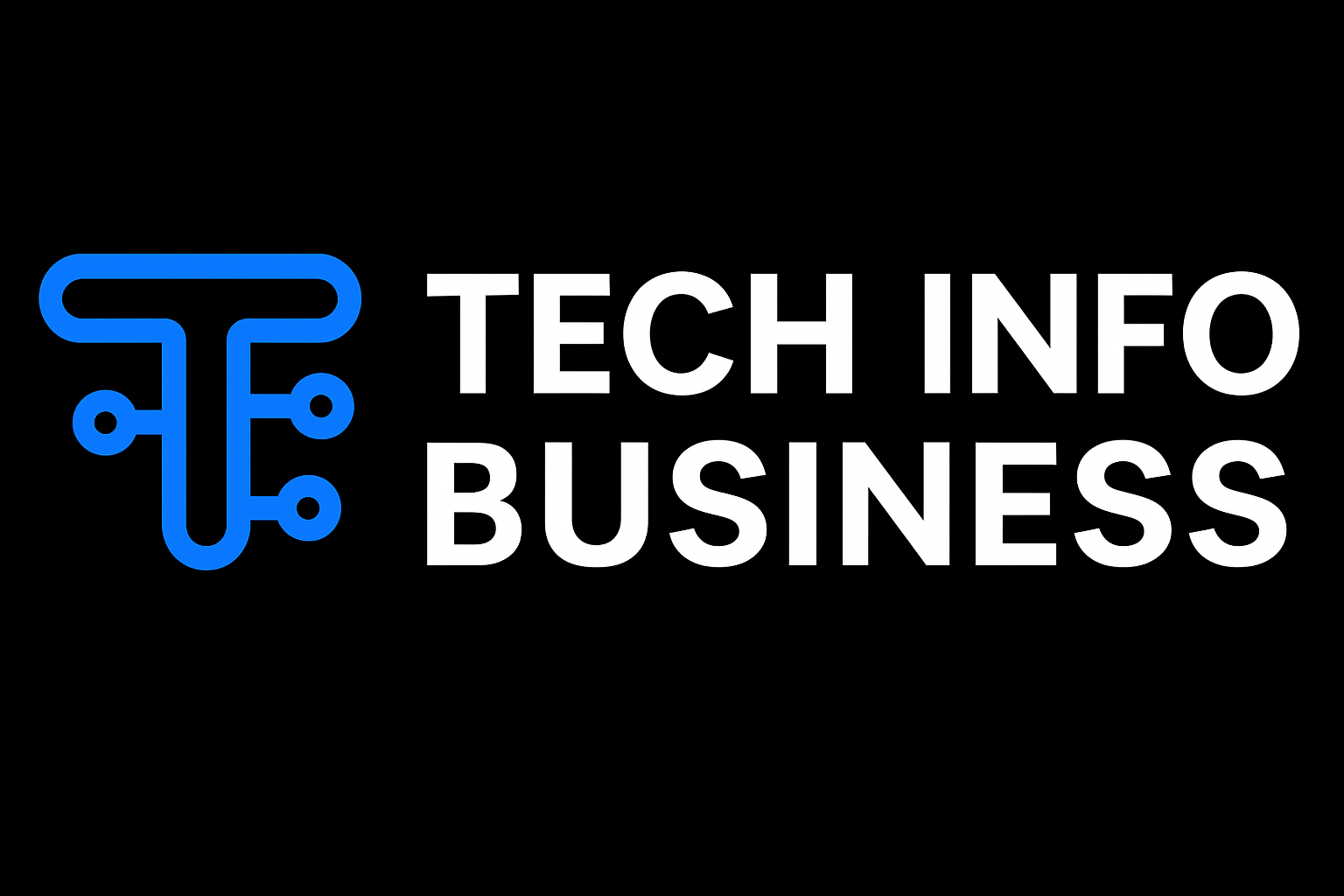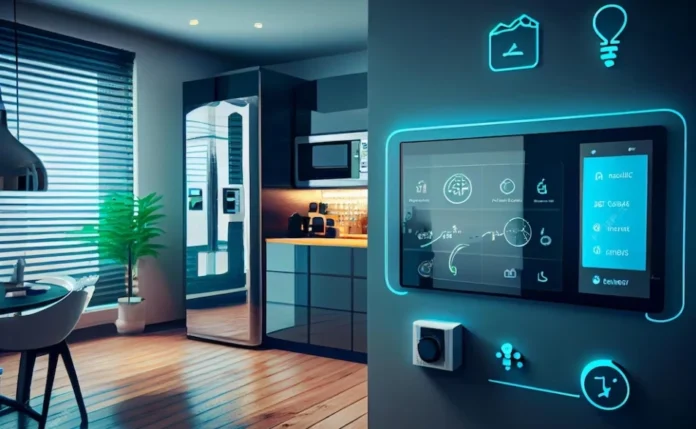Smart home technology is transforming how people live, work, and interact with their homes. From voice assistants to AI-driven automation, the smart home landscape in 2025 continues to evolve rapidly. These innovations are not just about convenience—they’re redefining comfort, security, energy efficiency, and even health and wellness.
As adoption grows across the United States, more homeowners are looking for ways to make their homes smarter and more connected. According to Fortune Business Insights, the global smart home market, valued at $80 billion in 2022, is expected to reach $338 billion by 2030. This exponential growth signals that smart home devices are no longer futuristic—they’re becoming essential.
If you want to future-proof your home, here are the top smart home technology trends to watch in 2025.
1.Universal Smart Home Integration
One of the most exciting advancements in 2025 of smart Home technology trends to watch is the emergence of universal smart home integration platforms. These systems connect different devices—thermostats, security cameras, lights, appliances, and entertainment units—into one cohesive network.
The launch of the Matter protocol has made it possible for devices from Apple, Google, Amazon, and other manufacturers to work seamlessly together. This open standard eliminates compatibility issues, allowing users to mix and match devices across brands.
With integration platforms like Google Assistant, Amazon Alexa, and Apple HomeKit becoming smarter and more connected, homeowners can now control their devices through one unified app or even through voice commands.
Key benefits include:
- Effortless control of all smart devices from a single app
- Easier setup and fewer compatibility problems
- Increased property value with flexible, future-proof systems
- Enhanced convenience and energy efficiency
As integration becomes more affordable, expect universal smart home systems to move from luxury to mainstream in the coming years.
2.AI-Powered Predictive Home Automation
Artificial intelligence and machine learning are at the heart of the next wave of home automation. Unlike traditional systems that rely on manual schedules, AI-powered smart homes learn from your behavior—when you wake up, leave for work, or prefer certain temperatures—and adjust automatically.
These systems analyze patterns in your lifestyle, weather data, and even calendar events to create a personalized environment. Imagine your home automatically adjusting the lighting, temperature, and music before you arrive—without lifting a finger.
AI-driven automation offers:
- Personalized comfort based on daily habits
- Predictive maintenance alerts to prevent costly repairs
- Automatic energy savings through real-time adjustments
- Enhanced security through behavior-based monitoring
As AI technology matures, homeowners can expect smarter, more intuitive living spaces that adapt to their routines effortlessly.
3.Energy Efficiency and Sustainable Living
Energy efficiency remains one of the strongest motivators behind adopting smart home technology. In 2025, sustainability and cost savings go hand in hand as smart energy systems monitor and optimize electricity usage throughout the home.
These systems integrate with solar panels, EV chargers, and battery storage to manage consumption and reduce utility costs. According to Statista, the global smart home energy market is expected to exceed $38 billion by 2026—driven by eco-conscious homeowners and government sustainability initiatives.
Smart energy management offers:
- Real-time monitoring of energy consumption
- Automatic load balancing to prevent peak-hour charges
- Integration with solar and battery systems for cleaner energy
- EV charging that uses excess solar power efficiently
For eco-friendly buyers, homes with advanced energy systems sell faster and often at higher values. Sustainability is not just a trend—it’s becoming a lifestyle standard.
4.Health and Wellness Monitoring
The role of smart homes in promoting health and well-being has grown significantly. With smart devices tracking air quality, sleep patterns, and stress levels, homeowners are now creating healthier living environments supported by data.
Smart wellness systems can automatically adjust humidity, temperature, and lighting to promote better sleep and air quality. Some devices also integrate with wearable tech to monitor vital signs and alert medical professionals in emergencies.
These innovations are especially beneficial for families with elderly members or individuals with respiratory issues. The global market for smart health and fitness devices is projected to reach nearly $30 billion by 2026, showing that health-focused home technology is here to stay.
Health monitoring features include:
- Indoor air quality detection with automated ventilation
- Sleep optimization with temperature and light control
- Allergen and pollen tracking through air filters
- UV and light therapy for mood regulation
- Remote health monitoring and fall detection
By integrating wellness into smart living, homes are becoming not just more comfortable but also more supportive of a healthy lifestyle.
5.Next-Generation Home Security
Home security continues to evolve beyond alarms and motion detectors. The latest trend in 2025 is AI-powered security systems with autonomous capabilities, including facial recognition, predictive threat detection, and real-time alerts.
These systems analyze behavior patterns to identify unusual activity before incidents occur. Some even include autonomous drones and biometric smart locks for ultimate protection. As a result, insurance companies are offering discounts for homeowners who install comprehensive smart security systems.
Next-gen security benefits include:
- Facial recognition that distinguishes family and strangers
- Predictive alerts for suspicious activities
- Integration with local police and emergency services
- Remote access and temporary entry codes for guests or service providers
Privacy concerns remain an important factor, but manufacturers are increasingly adding end-to-end encryption and biometric authentication to address these issues. Secure and intelligent systems are setting the new benchmark for home safety.
6.Voice-First Home Control
Voice technology has become one of the most user-friendly ways to interact with smart homes. In 2025, voice-first control systems are more advanced, natural, and accessible than ever.
Unlike early systems that required simple commands, today’s AI voice assistants understand context, remember preferences, and can execute multi-step instructions like “dim the lights, play relaxing music, and set the temperature to 72 degrees.”
Advantages of voice-first control:
- Hands-free operation for busy families
- Greater accessibility for seniors and differently-abled individuals
- Seamless integration with health monitoring and reminders
- Quick responses in emergencies
For many homeowners, voice control simplifies daily routines—from cooking and cleaning to managing home entertainment. As natural language processing improves, voice assistants will continue to dominate smart home interfaces.
7.The Power of 5G Connectivity
The rollout of 5G networks is revolutionizing smart home capabilities by enabling faster, more reliable, and more responsive device communication. With near-zero latency, 5G supports dozens of connected devices simultaneously, ensuring real-time performance for everything from security cameras to streaming and remote work.
According to GSMA Intelligence, 5G connections are projected to reach over 3.5 billion globally by 2025. This rapid expansion allows homeowners to enjoy seamless, uninterrupted smart experiences.
Key benefits of 5G in smart homes:
- Ultra-fast data speeds for real-time automation
- Instant cloud backup for security and monitoring
- Improved streaming and remote connectivity
- Reliable performance for gaming and AR home interfaces
As 5G infrastructure continues to grow, expect a surge in advanced smart home applications—like holographic displays, augmented reality interfaces, and even more immersive entertainment systems.
8.Privacy and Data Security Awareness
While smart home technology brings incredible convenience, privacy and data protection remain top concerns for consumers. According to Deloitte, over 65% of homeowners worry about the security of connected devices.
Manufacturers are responding with stronger encryption, two-factor authentication, and improved transparency in data usage. Biometric verification and offline processing are becoming standard to enhance trust and reduce vulnerability to cyberattacks.
Consumers are also more aware of digital hygiene—regularly updating firmware, using strong passwords, and isolating smart devices on separate networks. As the industry evolves, balancing convenience with privacy will be critical.
Wrapping Up
The evolution of smart home technology trends to watch in 2025 shows that homes are no longer static spaces—they’re becoming intelligent ecosystems. From AI-driven automation to energy efficiency, health monitoring, and secure 5G connectivity, the future of living is smarter, safer, and more sustainable.
Whether you’re a homeowner, investor, or tech enthusiast, staying informed about these trends helps you make better decisions and prepare for what’s next. The smart home revolution is here, and it’s reshaping the way we experience comfort, security, and connection—one innovation at a time.
Check Also:https://techinfobusiness.co.uk/impact-of-modern-technology-on-human-life/
FAQs
1.What are the latest smart home technology trends to watch in 2025?
The biggest trends include AI-powered automation, 5G connectivity, universal device integration, advanced energy management, and health-focused smart systems.
2.How does AI improve smart home technology?
AI helps smart homes learn user habits, automate routines, save energy, and enhance security by predicting needs and detecting unusual behavior patterns.
3.Why is energy efficiency important in smart homes?
Energy-efficient smart systems reduce utility costs, optimize power usage, and promote sustainability through solar integration and real-time energy monitoring.
4.How does 5G benefit smart home devices?
5G provides faster connections, near-zero latency, and supports more devices at once, enabling seamless automation and real-time security responses.
5.Are smart home devices safe and private?
Yes, modern devices use encryption, biometric logins, and secure networks to protect data. Regular updates and strong passwords enhance privacy further.


